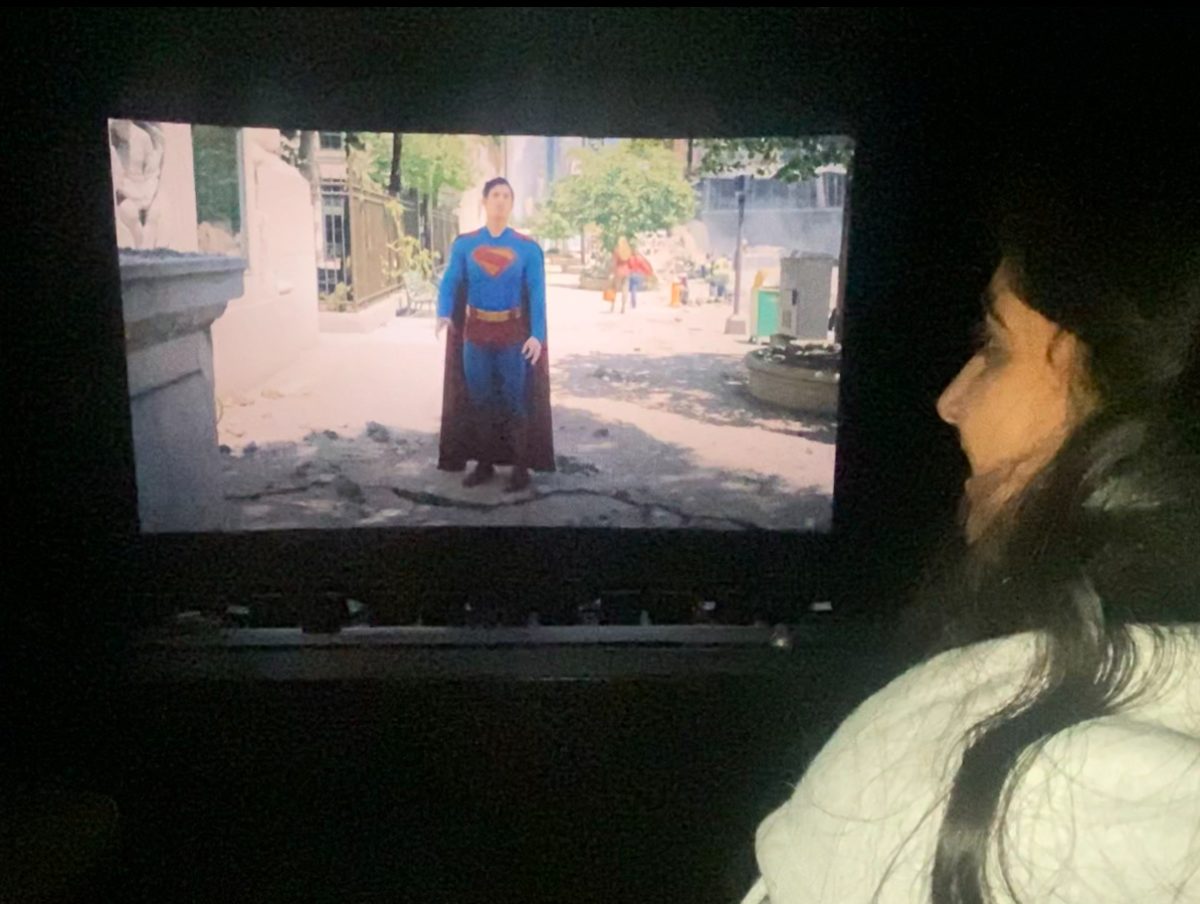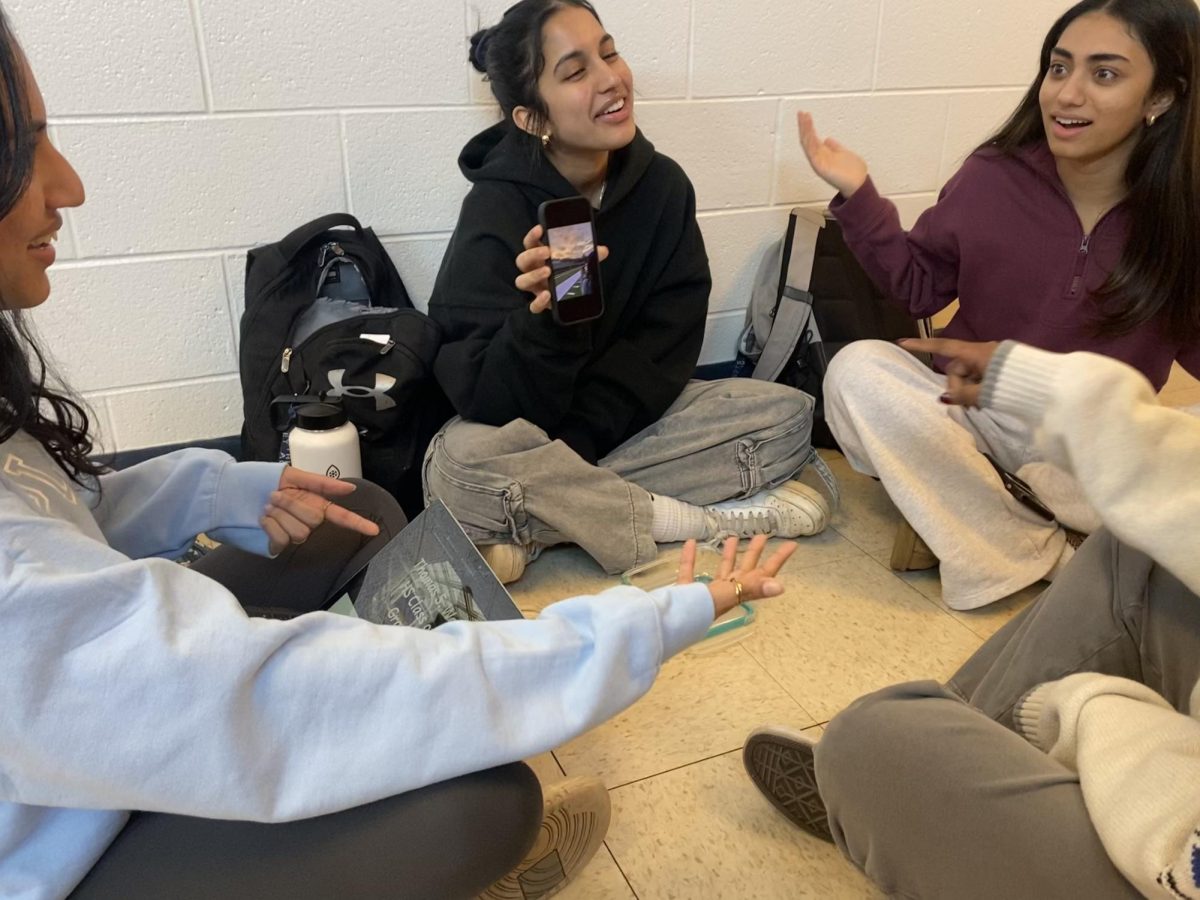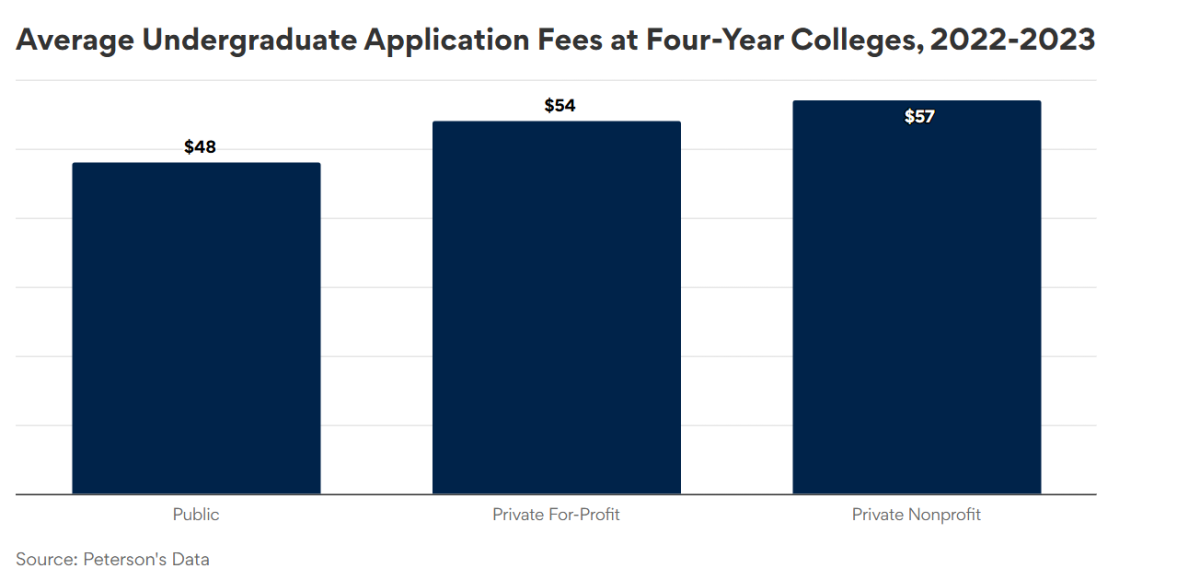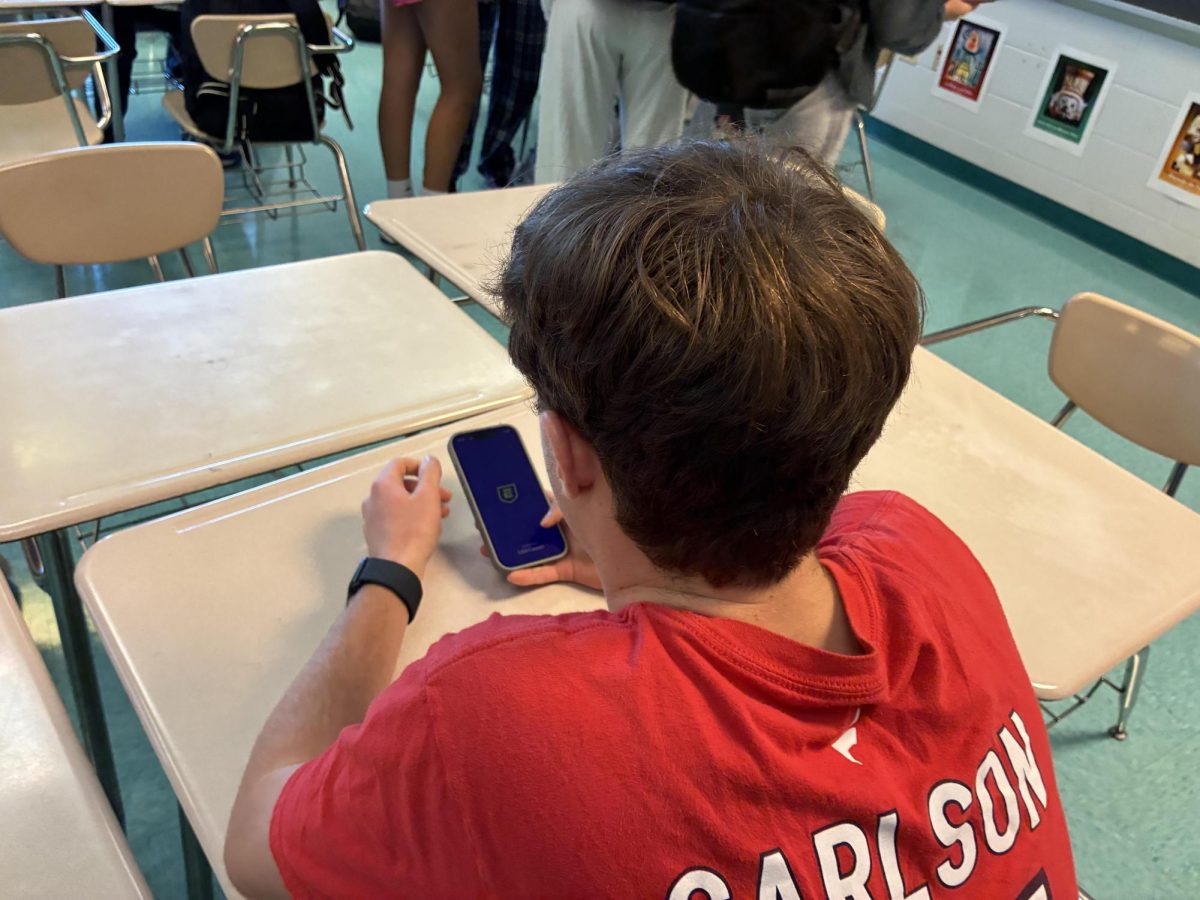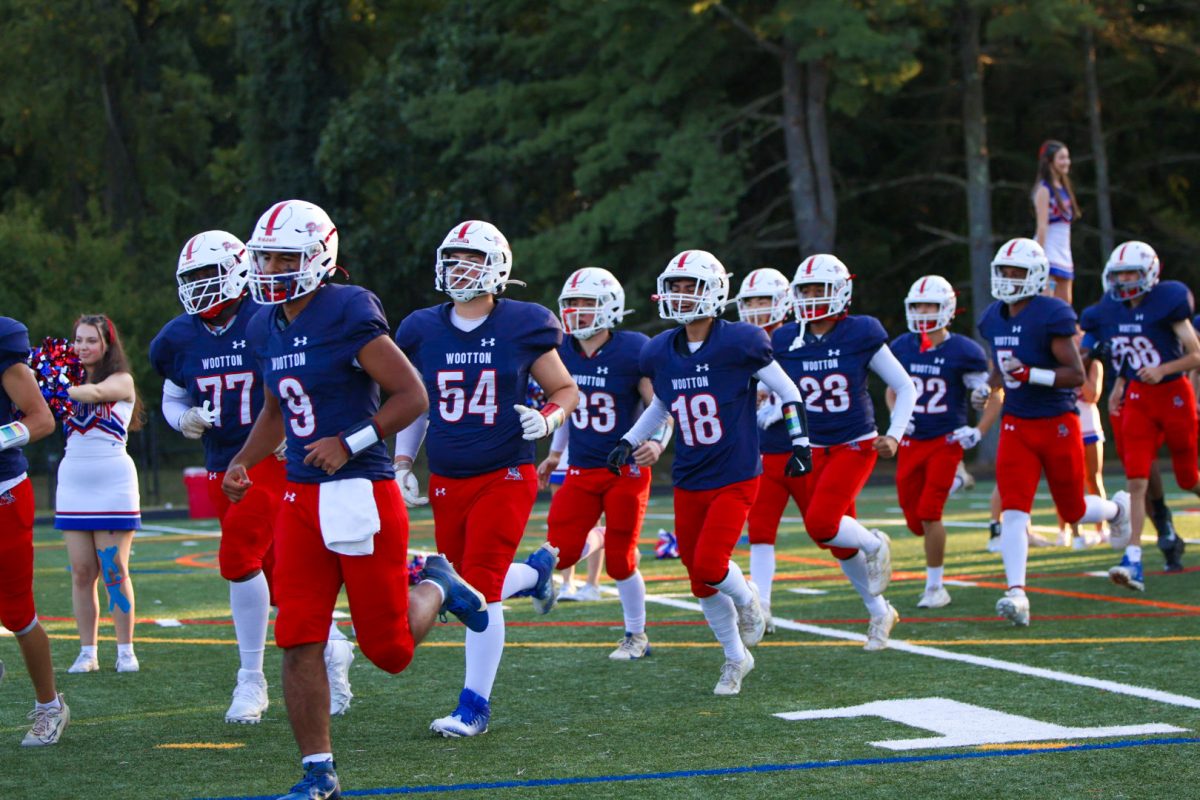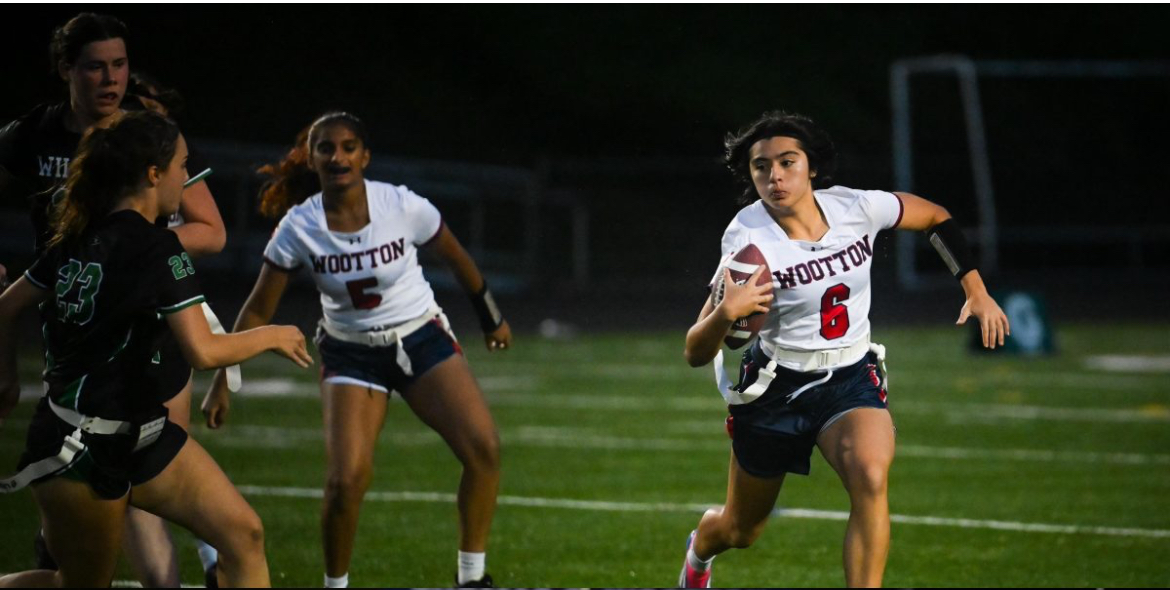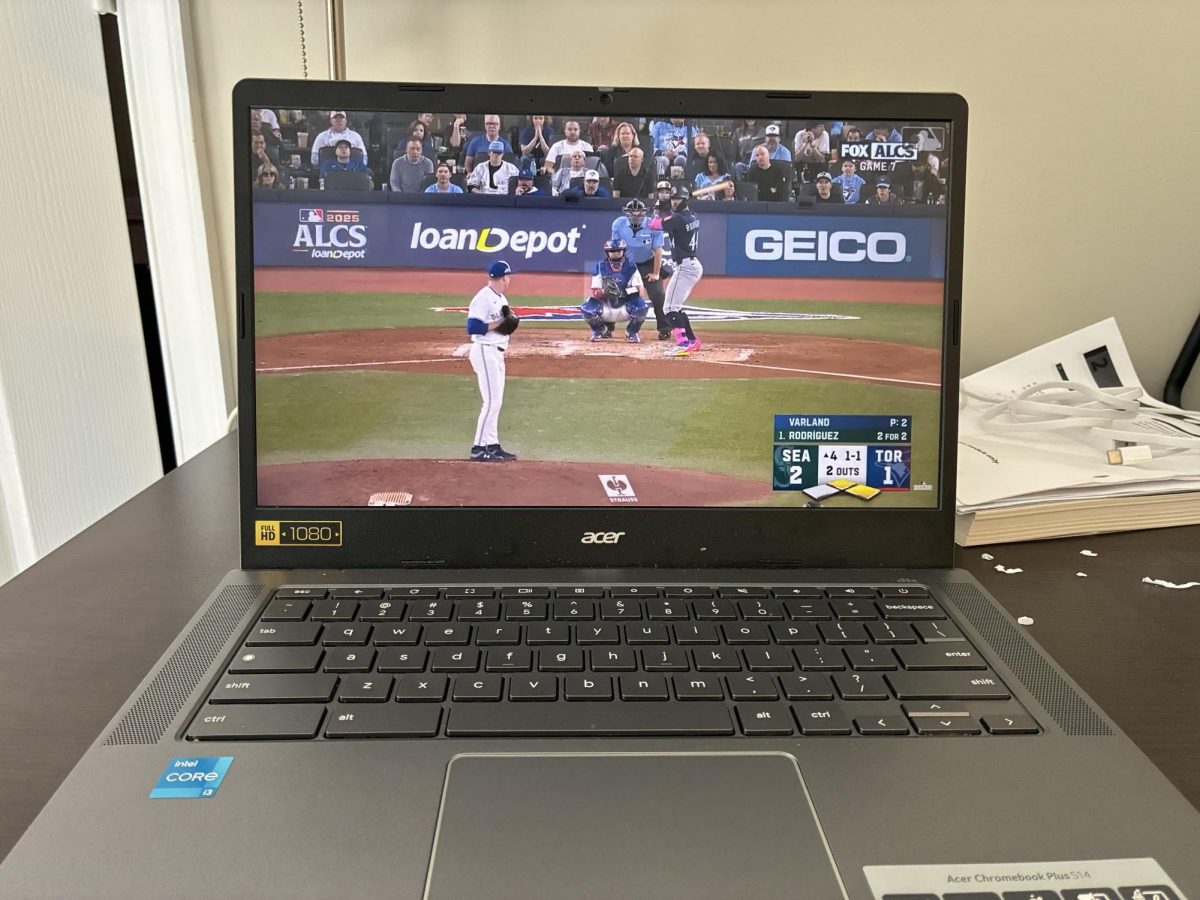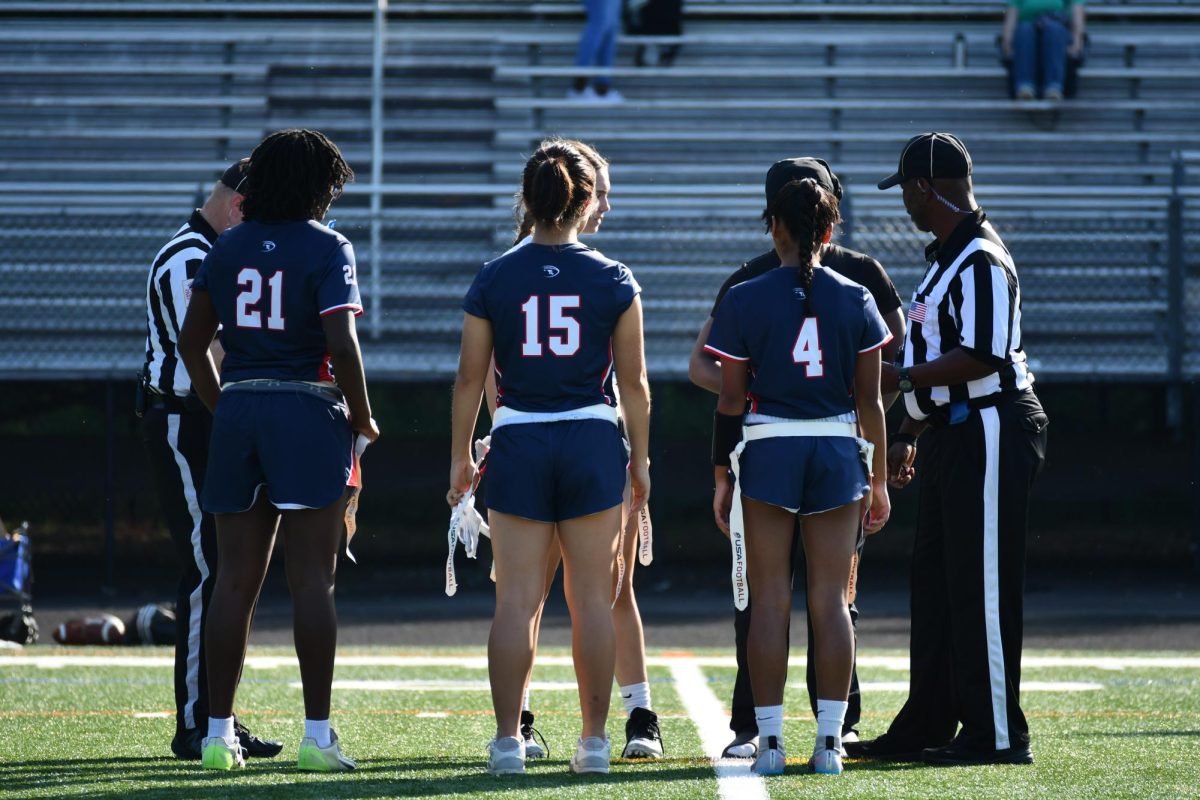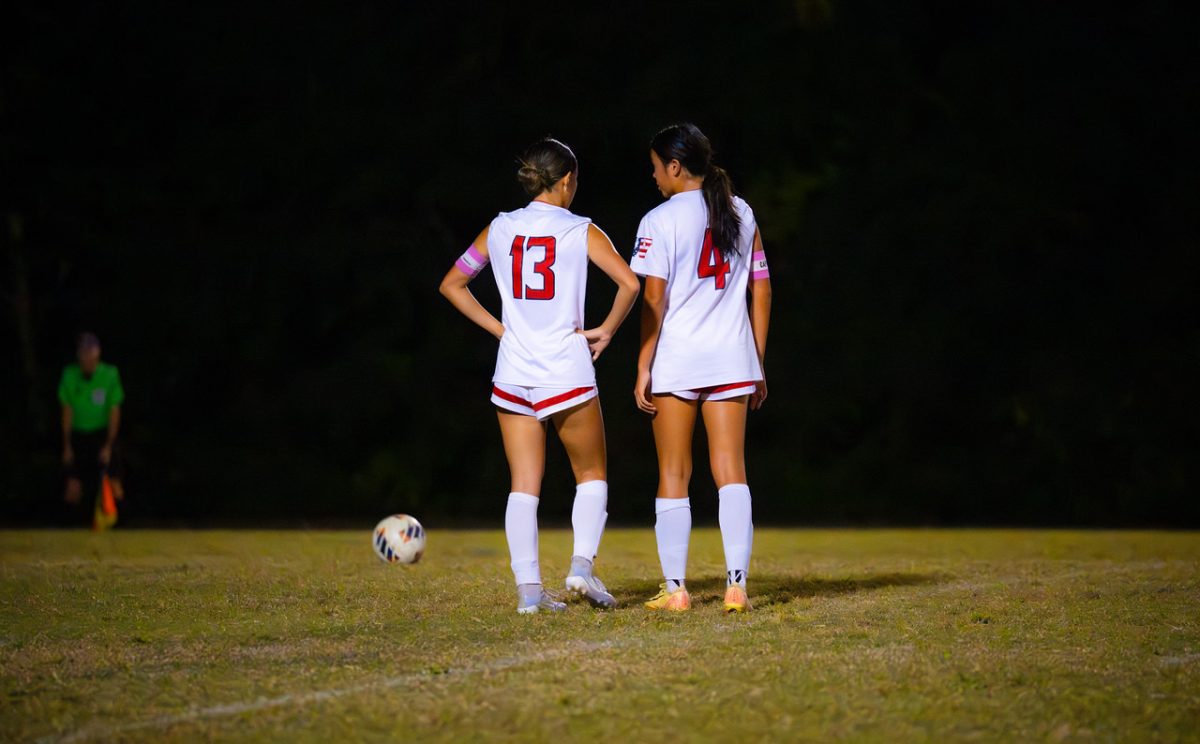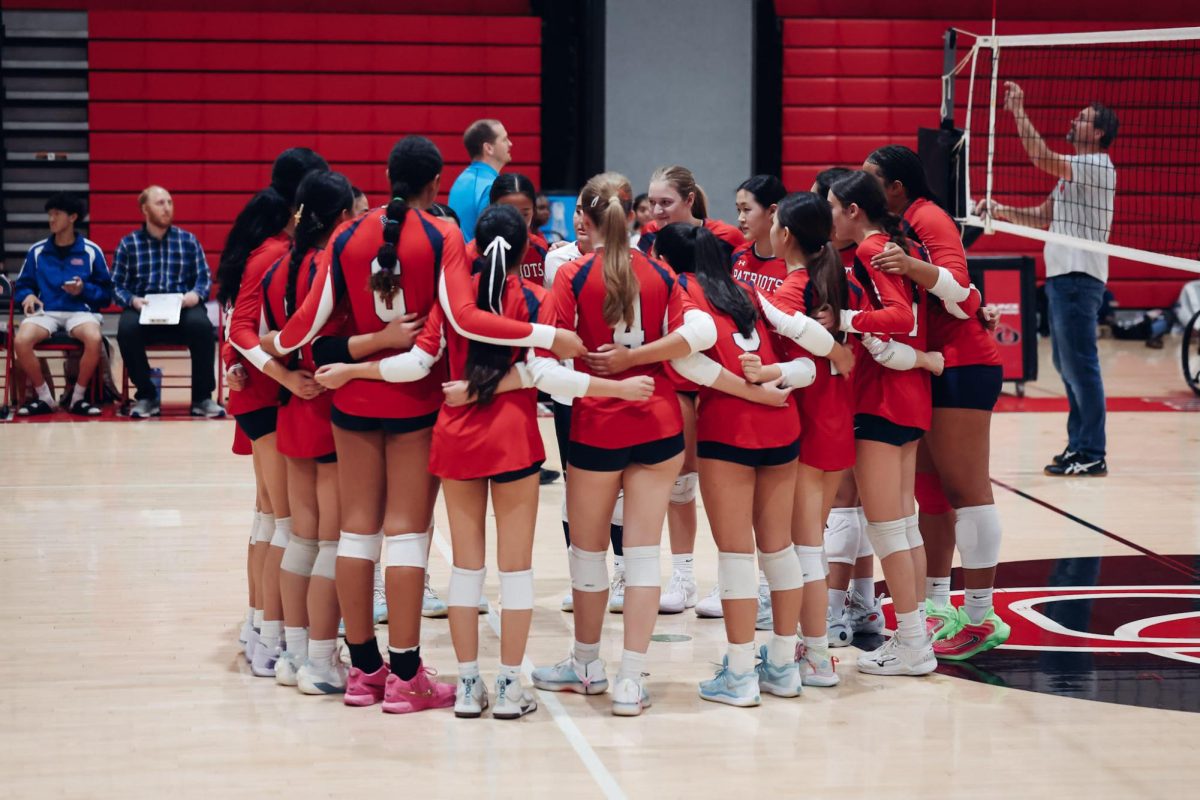After the bell rings at the end of eighth period, you walk against the tide of students rushing to the buses or their cars. You meet up with your teammates perhaps, head to the locker room and get ready for practice. Once or twice a week, you also spend the majority of your afternoon and evening playing your best in a game. If this sounds like a typical sports schedule in your life, you may be surprised to find that not everyone is an athlete– at least not in this sense.
In sports-crazed America, children are often encouraged to start sports early. Kindergarten soccer teams are popular and children are also often sent to swim lessons and other sports practices almost as soon as they can walk. The sports fad continues when athletes dress up the day before games in middle school and high school, ask for support at pep rallies and get their team pictures hung up on the wall.
Being physically active definitely has its benefits, but sports are not the only extracurricular activity worth pursuing and refining. Children who have more artistic interests in instrumental music, vocal music or in the visual arts often receive less praise for their hard work and practice than athletes do. Athletes often overshadow the activities pursued by non-athletes. Students of the arts, however, work just as hard perfecting their skill, but rarely receive the acknowledgment they deserve. They receive no recognition or opportunity to ask for support at pep rallies and no picture on the wall.
Before you roll your eyes at the idea that musicians experience any type of physical exertion comparable to athletes, consider this: to be a successful member of the marching band, you have to hold up your instrument (or have it strapped to you if you’re a percussionist) throughout hours of practice, memorize complex formations, timing your movement to the millisecond, all while remembering what notes you’re playing, the rhythm of the piece of music, keeping your air stream steady, being in sync with other parts and keeping in time with your fellow band mates. Marching band is a great example of how physically strenuous and mentally challenging music can be.
Although it may sound extreme, musicians who play a brass instrument can easily injure their lips from practicing to the extent that they may require a surgical procedure. Musicians in college often have physical therapy ingrained into their schedules because holding a violin or bowing a cello for hours on end is no joke. Musical theater performers often have to perform intense dance choreography, be on their feet for two and a half hours and wear heavy costumes, often while singing at the same time. They often receive physical therapy as well.
Don’t get me wrong: I’m not saying athletes are not to be admired. They are. Their physical and mental discipline and the hard work they put in is amazing. I’m just saying that musicians and those who make academic teams their specialty should also get their fair share of admiration and respect. And if you’re laughing at how I just included academic teams, just recall the last time you had a headache after doing a set of insanely hard math problems. Recall that mental fatigue, the need to keep fighting to finish. It requires discipline, drive, practice and hard-work, just like athletics.
Rachel Wei
Editor-in-Chief




